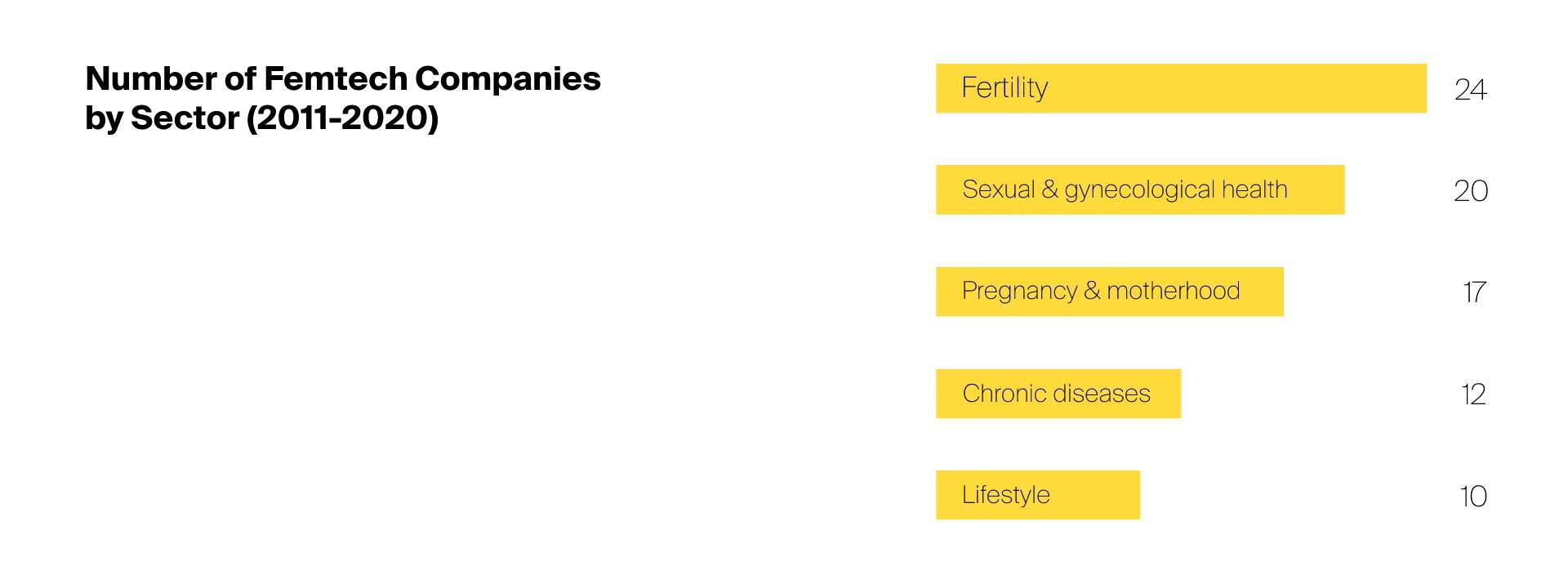Menstruation cramps, incontinence, breastfeeding, vaginal dryness, orgasms, menopausal symptoms. And other things that are awkward and not fun to discuss even with a friend. To say nothing of pitching any of them to a tech startup investor, a male investor.
After centuries of silence and shame, women are starting to see these topics leaving the realm of taboo, with the rise of technology for women — Femtech.
A catchy term, coined only a few years ago by Ida Tin, founder of the period-tracking app Clue, Femtech refers to
technology for improving the health and wellbeing of women and people experiencing similar problems. Femtech apps, products, and tools include not only period trackers but also pelvic-floor exercisers, sex toys, telemedicine platforms, tampon alternatives, birth control apps, and other categories.
“That’s a big thing. … investors can say, 'I have four femtech companies in my portfolio' instead of 'I have a company for women peeing in their pants,” the Clue CEO
told the crowd at a Geekettes event, explaining the need to categorize the industry.
Currently, the femtech market shows exponential growth, projected to reach an impressive $60.01 billion by 2027 from $18.75 billion in 2019, according to a recent report by Emergen Research.
There’s finally an increasing awareness of huge unmet demand. What were long considered niche needs actually affect roughly half of the global population — a market of 3.73 billion prospective customers.
Entering this largely unsaturated market may seem easy and complicated at the same time. To examine the controversy, let’s look at some femtech trends, and then at challenges and opportunities that a startup journey for a femtech app or product might involve.
















